The Brutalist Playground
18 Jun – 18 Sept 2016
The Brutalist Playground is an exhibition by 2015 Turner Prize winner Assemble and artist Simon Terrill, exploring post-war design for play. Originally commissioned by the Royal Institute of British Architects (RIBA), this touring exhibition has been reimagined for the Brutalist icon that is the Park Hill estate in Sheffield. Featuring a new commission based on Park Hill’s original playgrounds built by architects Jack Lynn and Ivor Smith between 1957-61, it investigates the materiality and visual language of post-war landscapes through an immersive, climbable and conceptual landscape.
Championed by architects and urban planners, these playgrounds were supposed to offer a safe and considered place for children’s play, while giving ‘free reign to the imagination’, actively moving away from the ‘toy-land whimsy’ found in conventional playground design.
Constructed from wood, brick and mostly concrete, these playgrounds were integrated into the surrounding landscape through their materials and form, often reflecting architectural preoccupations of the time.
By the early 1970s, these designs were falling out of favour, receiving criticism from the architectural community and child welfare campaigners. As a result many playgrounds have been lost or redeveloped, deemed unsuitable for play. A lesser-known aspect of the history of social housing, there is little material evidence of these spaces today, yet photographs, drawings and written descriptions can be found in archives and libraries. Consigned to the archive, they stand as a curious footnote in the wider narrative of post-war reconstruction.
The Brutalist Playground seeks to establish a contemporary narrative for these objects and ideas. It shifts the focus away from the much debated post-war residential buildings, largely remembered for their social and structural failures, to the equally important playgrounds found at the feet of these structures, allowing for renewed understanding of the architects’ original designs and intentions.
For this project, architectural collective Assemble and artist Simon Terrill have used archival materials, drawings and photographs from RIBA’s Collections to create an interactive installation that raises questions over design for play, from both a historic and contemporary perspective, with a focus on the element of risk.
Large-scale fragments of four distinct ‘Brutalist’ playgrounds from Churchill Gardens, London, Seamount Court Aberdeen, Brownfield Estate, London and Park Hill, Sheffield, have been recreated in 1:1 scale for the exhibition offering an opportunity for audiences of all ages to immersive themselves in a surreal landscape of post-war play.
The Brutalist Playground is supported by Yorkshire Festival 2016, RIBA, Arts Council England, The Elephant Trust, Urban Splash, Sheffield Town Trust and Thornbridge Brewery.
Please see our events page for a full list of associated events.
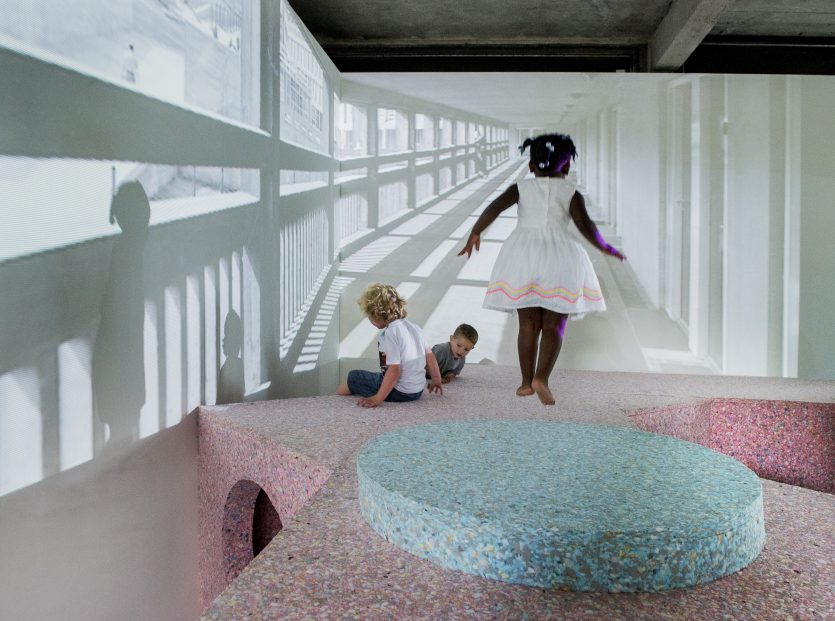 Installation view of The Brutalist Playground, S1 Artspace, 2016
Installation view of The Brutalist Playground, S1 Artspace, 2016
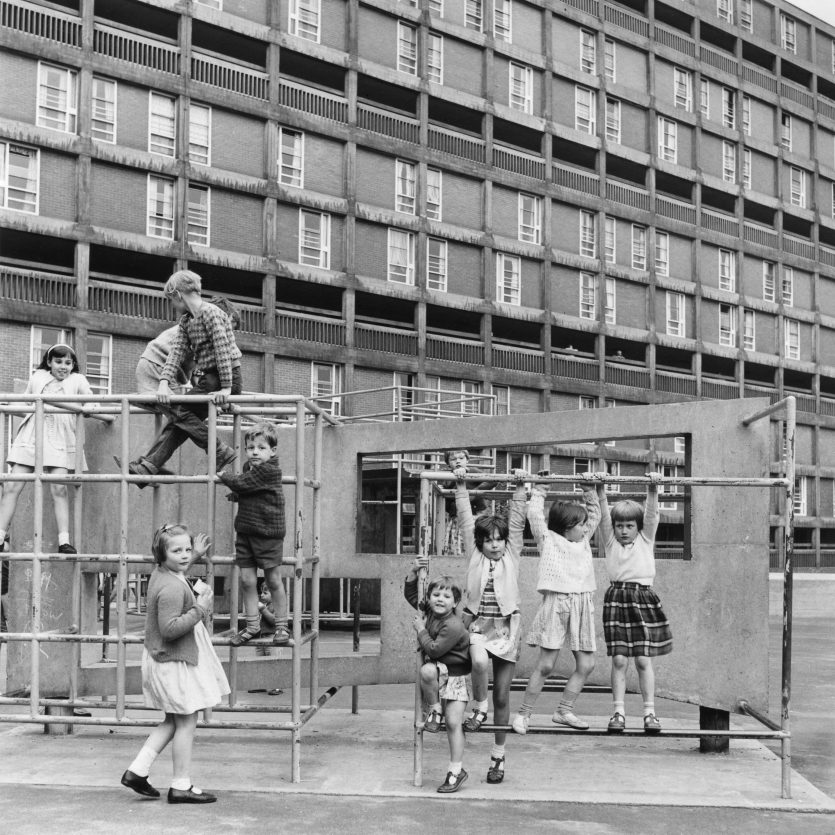 Park Hill estate playground, 1962. Photograph: Arch Press Archive/RIBA
Park Hill estate playground, 1962. Photograph: Arch Press Archive/RIBA
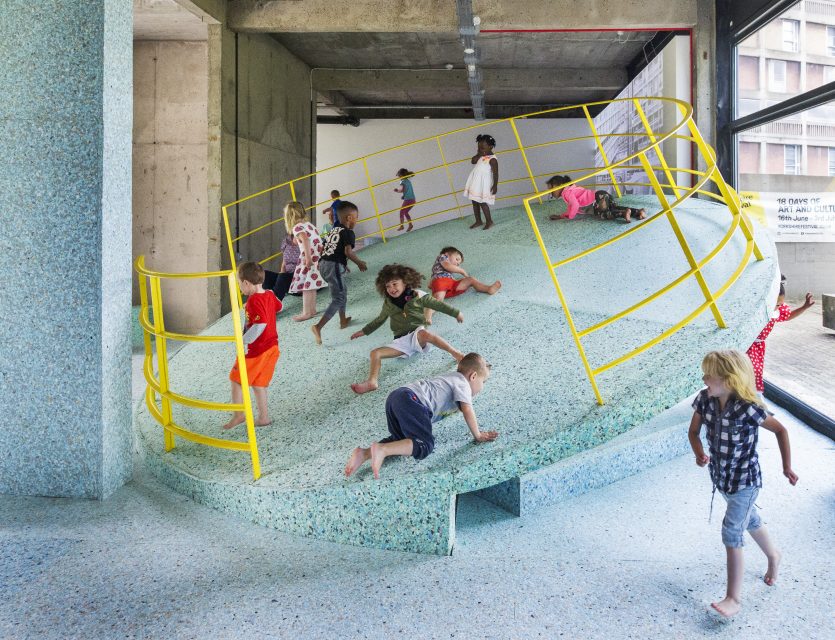 Installation view of The Brutalist Playground, S1 Artspace, 2016
Installation view of The Brutalist Playground, S1 Artspace, 2016
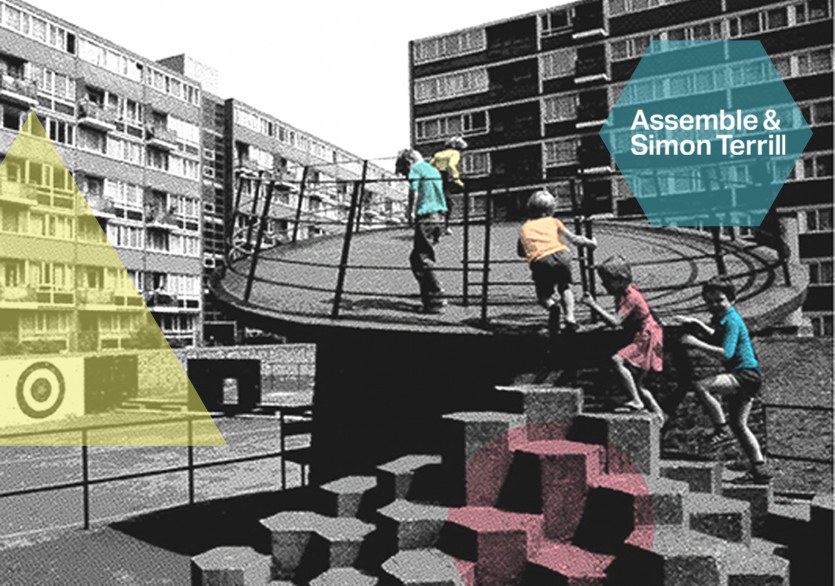
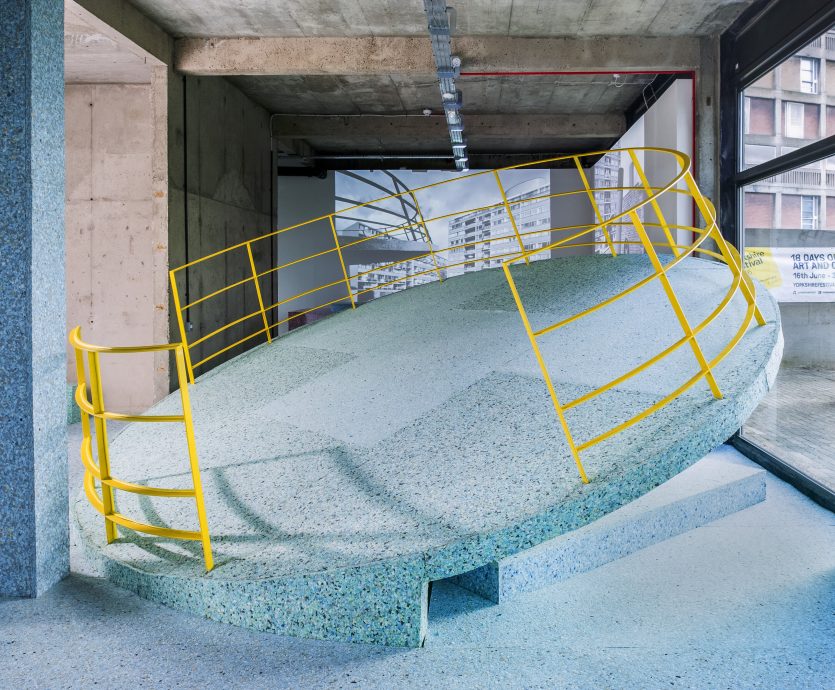 Installation view of The Brutalist Playground, S1 Artspace, 2016
Installation view of The Brutalist Playground, S1 Artspace, 2016
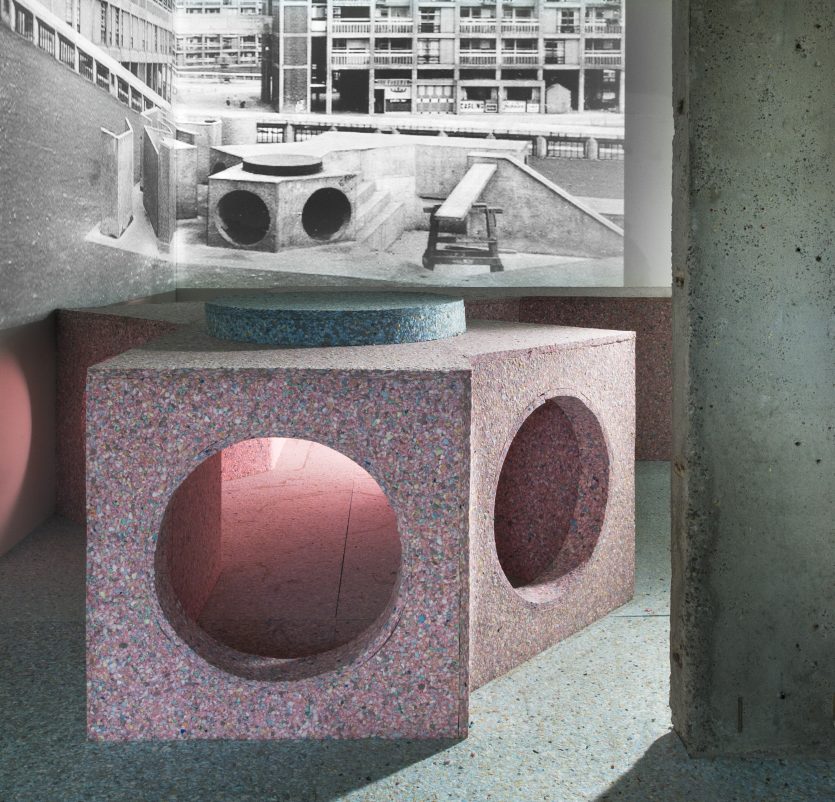 Installation view of The Brutalist Playground, S1 Artspace, 2016
Installation view of The Brutalist Playground, S1 Artspace, 2016
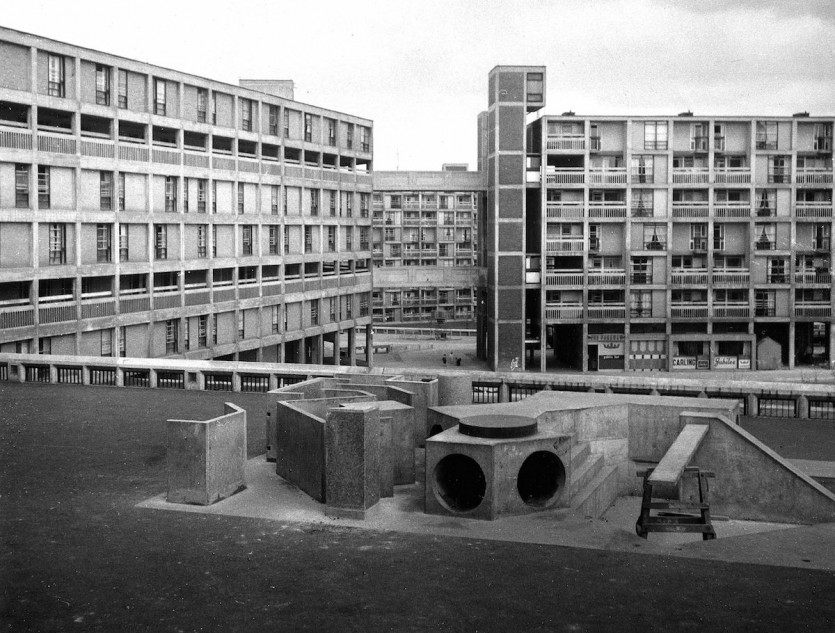 Park Hill estate playground, 1962. Photograph: Arch Press Archive/RIBA
Park Hill estate playground, 1962. Photograph: Arch Press Archive/RIBA
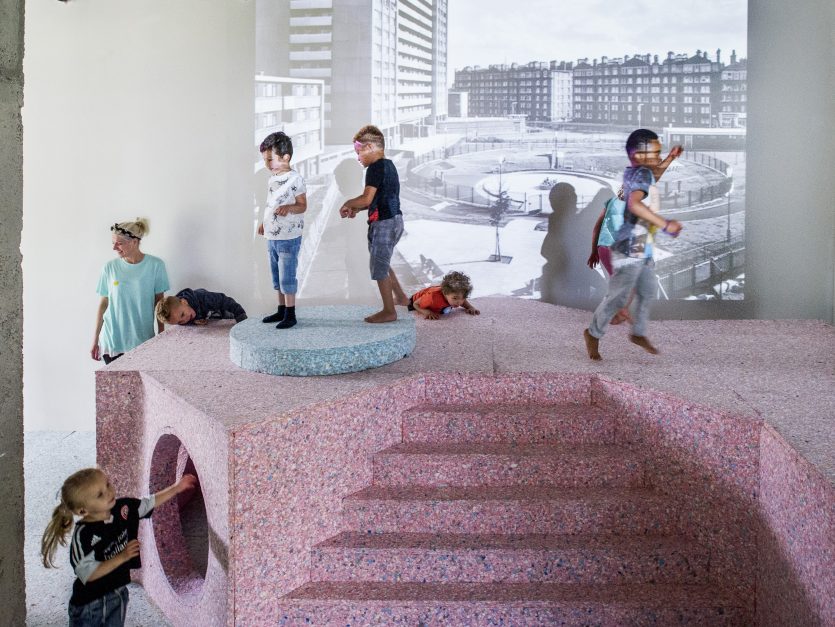 Installation view of The Brutalist Playground, S1 Artspace, 2016
Installation view of The Brutalist Playground, S1 Artspace, 2016
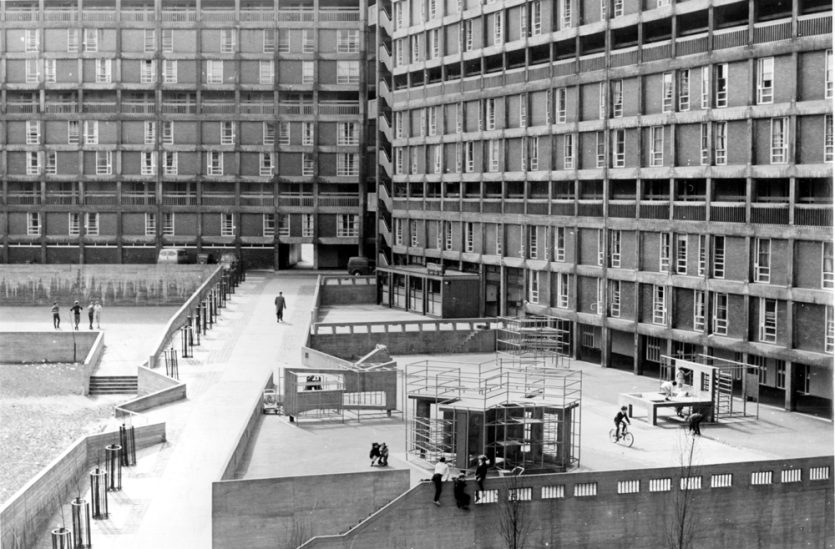 Park Hill estate playground, 1962. Photograph: Arch Press Archive/RIBA
Park Hill estate playground, 1962. Photograph: Arch Press Archive/RIBA
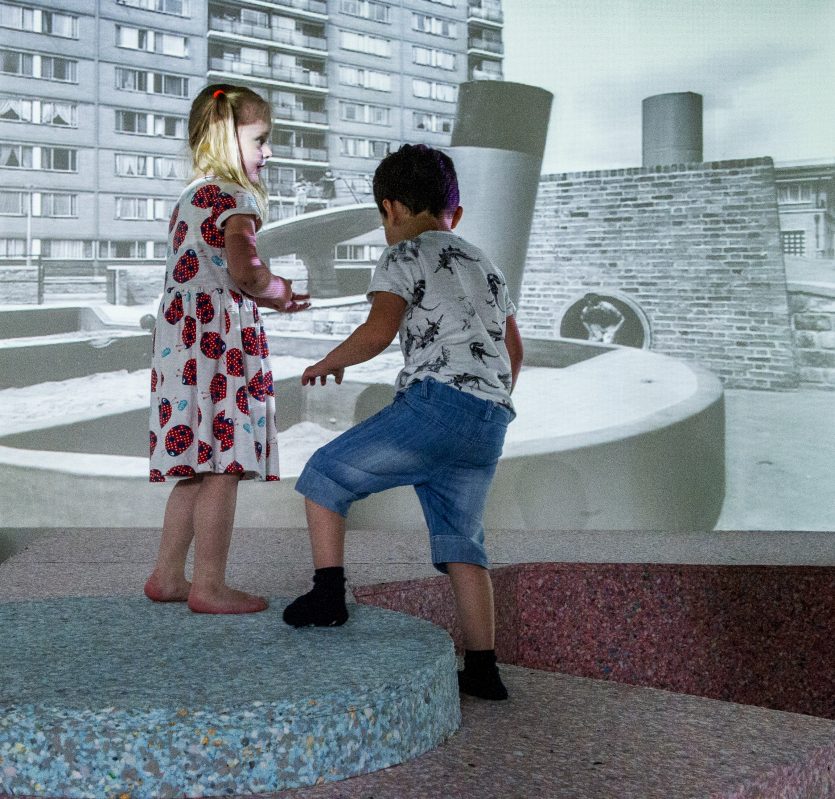 Installation view of The Brutalist Playground, S1 Artspace, 2016
Installation view of The Brutalist Playground, S1 Artspace, 2016
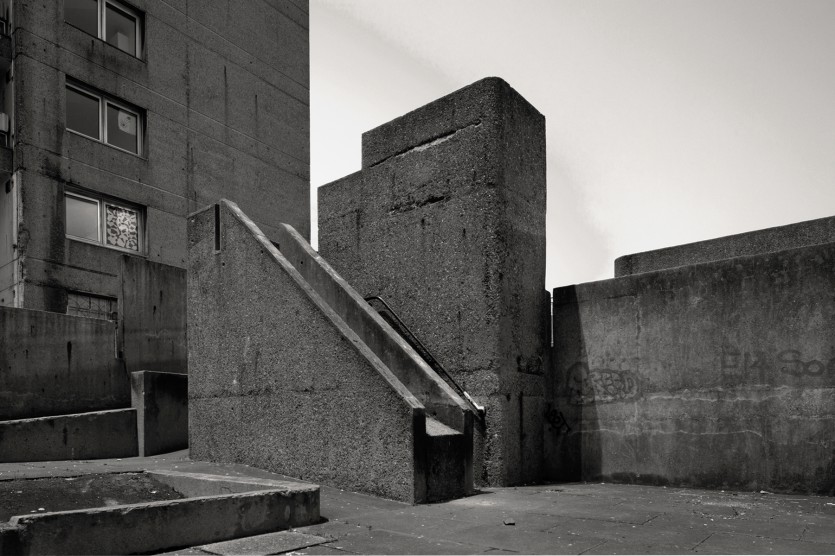 Balfron Tower playground, Poplar, London, 2015. Photograph: Arch Press Archive/RIBA
Balfron Tower playground, Poplar, London, 2015. Photograph: Arch Press Archive/RIBA
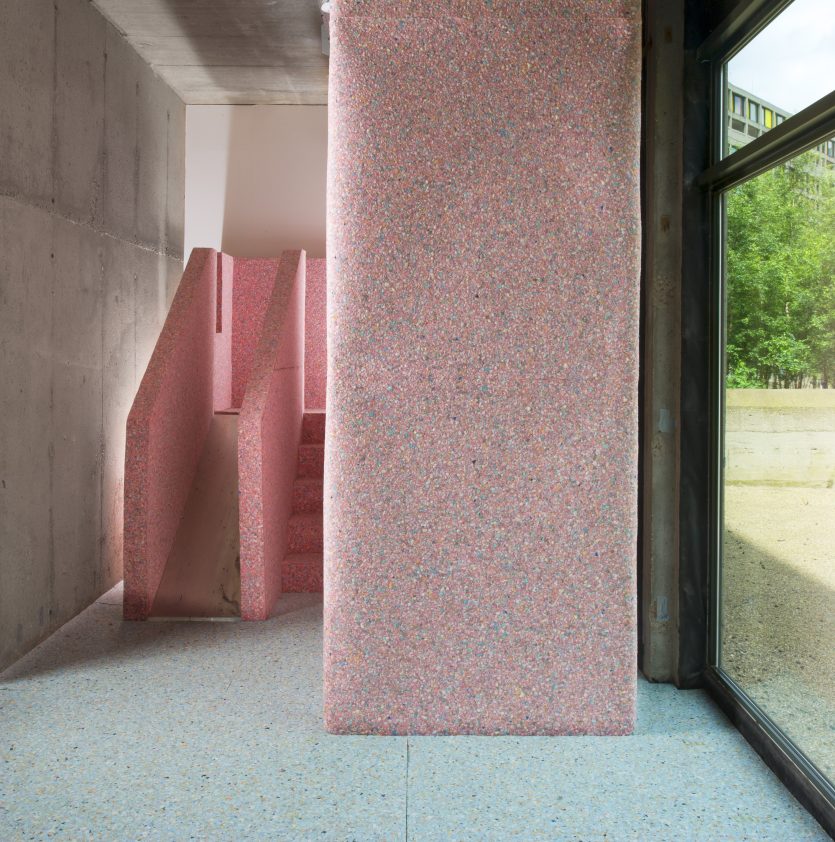 Installation view of The Brutalist Playground, S1 Artspace, 2016
Installation view of The Brutalist Playground, S1 Artspace, 2016
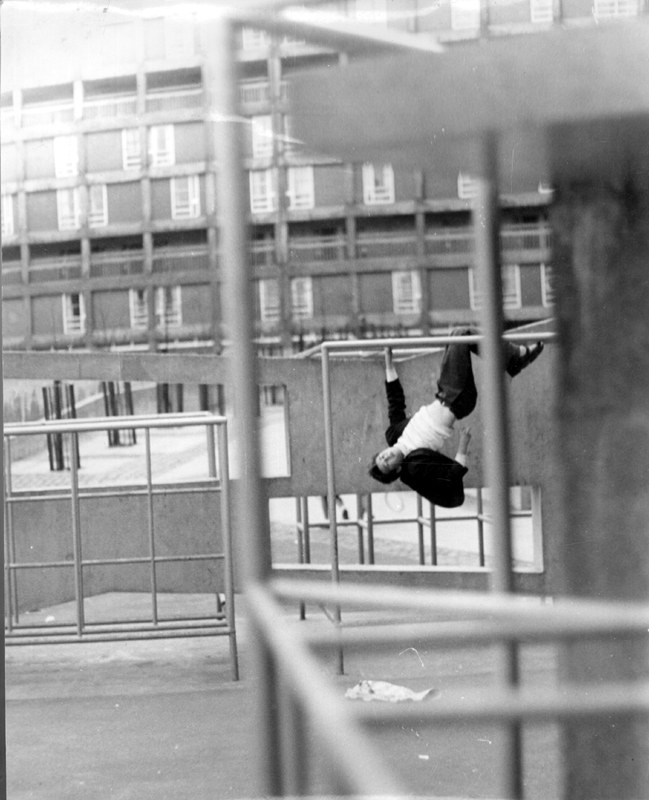 Park Hill estate playground, 1962. Photograph: Arch Press Archive/RIBA
Park Hill estate playground, 1962. Photograph: Arch Press Archive/RIBA